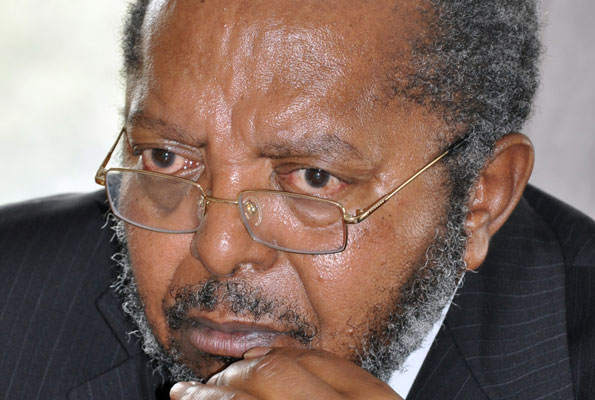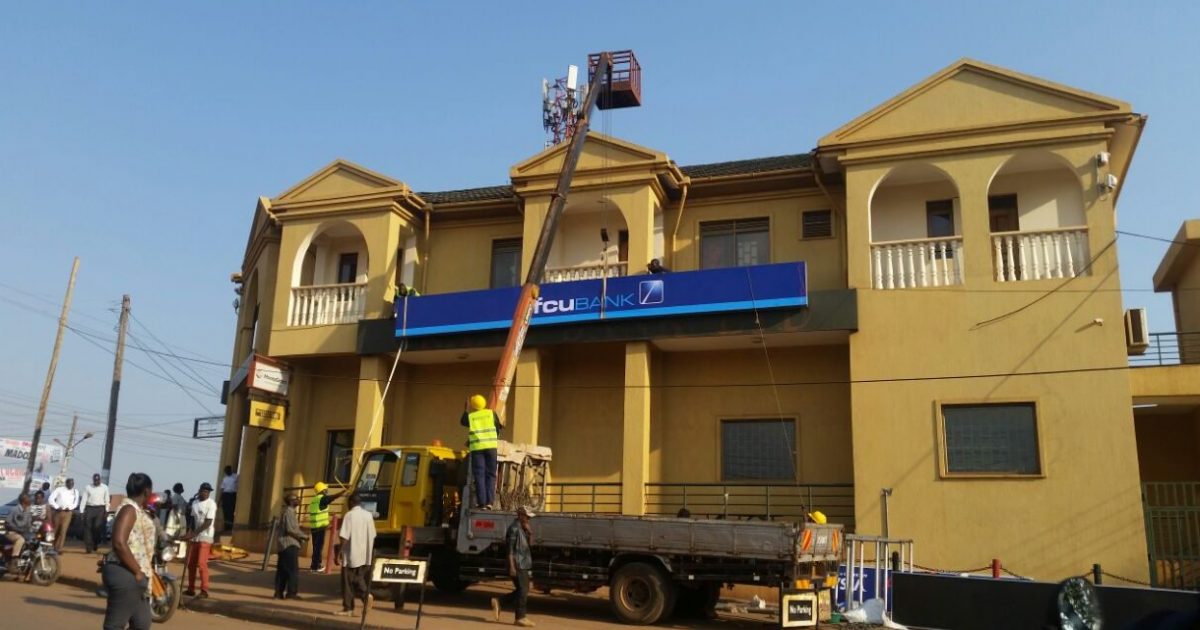Bank of Uganda (BoU) Governor Prof. Emmanuel Tumusiime- Mutebile and his Deputy Dr. Louis Kasekende have contradicted each other over the performance and eventual controversial takeover and sale of Crane Bank to dfcu.
BoU took over the management of Crane Bank on October20, 2016, saying it (Crane Bank) had become a “significantly undercapitalized institution.”
Shortly after the takeover in November 2016, while speaking at the Annual Bankers Dinner in Kampala, Mutebile said that Crane Bank was too big to fail.
“The cause of Crane Bank’s distress was actually NPLs (Non-Performing Loans), which had risen to more than 20 percent of its loan portfolio and which left it significantly undercapitalized,” Mutebile revealed while delivering the keynote address. Crane Bank had reported Shs145bn in NPLs in 2015.

In saying that, the Governor indicated that at least BoU had established why Crane Bank became significantly undercapitalized and that it was not enough to warrant a bank failure.
“So, those of our people who claim that the bank has collapsed are fools. The bank is alive and well, if not kicking,” he said.
After the Central Bank had taken over the operations of Crane Bank to prevent it from collapse, it injected in Shs200bn to keep it afloat.
In BoU’s Annual Supervision report for 2016, the Central Bank says: “Two commercial banks, namely; Crane Bank Ltd and another bank which fallen below the required minimum on-going capital adequacy ratios and minimum paid up capital of Shs25bn respectively were directed by BoU to immediately inject fresh capital in order to re-capitalize the banks.”
The report says whereas the other institution complied, Crane Bank failed to inject fresh capital.
“Hence the Bank of Uganda took over the management of Crane Bank Ltd on October 20, 2016 due to its undercapitalization and subsequently transferred the majority of its liabilities and assets to dfcu bank following a vigorous bidding exercise that attracted interest from over ten institutions.”
The resolution of Crane Bank is however being contested by Crane Bank shareholders who argue that they were not consulted on the process of handing over their bank to another bank, DFCU.
The Deputy Governor of BoU Dr.Louis Kasekende also recently made contradictory statements which continue to expose irregularities on Crane Bank sale. Speaking at the 20-year Anniversary Dinner for Uganda Securities Exchange (USE) on 6 April 2018 at Serena Hotel Kampala, Kasekende attributed Crane Bank collapse to insider lending and mismanagement against the official Bank of Uganda position that says Crane Bank failed because of its huge fraction of Non Performing Loans.
He asserts that Crane Bank’s collapse was “due to mismanagement by its board and extensive insider lending” and not due to struggles in the Uganda economy as stated in the BoU Annual Supervision Report.

He noted that Crane Bank had a negative net worth of approximately Shs260bn, rendering it insolvent.
“I also want to point out that, despite the weakness of the economy in 2016, all of the commercial banks in Uganda with the exception of Crane Bank, remained solvent and were able to comply fully with the statutory capital adequacy ratios. The only bank which suffered financial distress and became insolvent was Crane Bank,” Kasekende said.
He added that BoU did not sell Crane Bank “because no one would have bought a bank with a negative net-worth of this magnitude.”
“DFCU assumed most of the liabilities of Crane Bank, including all of its deposits, and acquired assets of equivalent value. The remaining assets and liabilities not transferred to DFCU have been put into the liquidation process,” he said.
However, it is still contestable how BoU reached a liquidation process of a bank whose operations it was still managing and which had over the years been ranked as the best performing local bank up to the time it was declared insolvent.
It is perhaps the reason why Crane Bank shareholders instituted a civil case in the Commercial court Division of the High Court of Uganda disputing the transaction since audit reports by external auditors into Crane Bank assets and liabilities had declared it as one of the best performing local banks.
Enter Into dfcu Results
Kasekende said when Crane Bank was resolved by the BoU, the value of its assets was much less than the value of its liabilities.
However, a critical analysis of BoU’s arguments and dfcu’s impressive performance after assuming Crane Bank paints a different picture.
If Crane Bank assets outweighed its liabilities, what explains dfcu’s impressive asset growth in less than a year?
dfcu’s total assets increased to a record Shs3 trillion in 2017, up from Shs1.7 trillion in 2016. This growth is largely attributed to assets acquired from Crane Bank.
Crane Bank owners led by Sudhir Ruparelia were valuing the bank’s assets at Shs1.3 trillion.
dfcu bank also recorded an impressive Shs127.6bn net profit in the year ended 31 December 2017, up from Shs46.2bn registered in 2016. This means that the profit increased by a record Shs81.4bn.
Taking advantage of Crane Bank acquisition that brought in more high net customers, dfcu bank’s loans advanced to customers increased to Shs1.3 trillion, up from Shs834.8bn.
Customer deposits also increased to Shs1.98 trillion in 2017, up from Shs1.13 trillion a year earlier.





